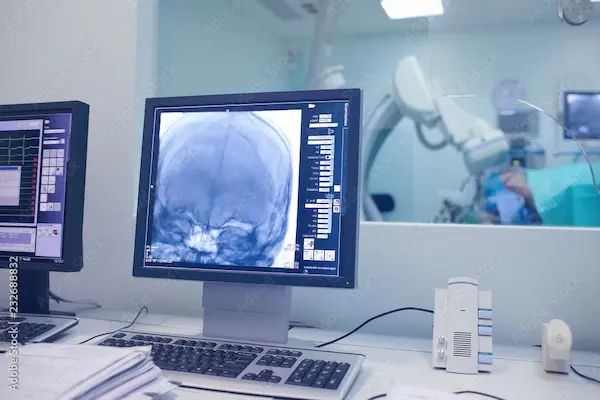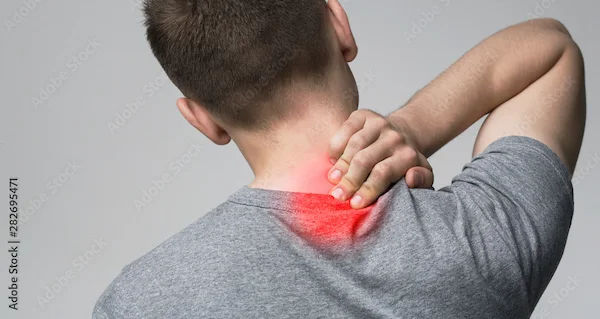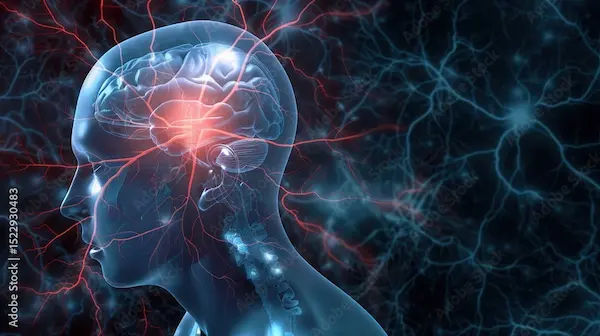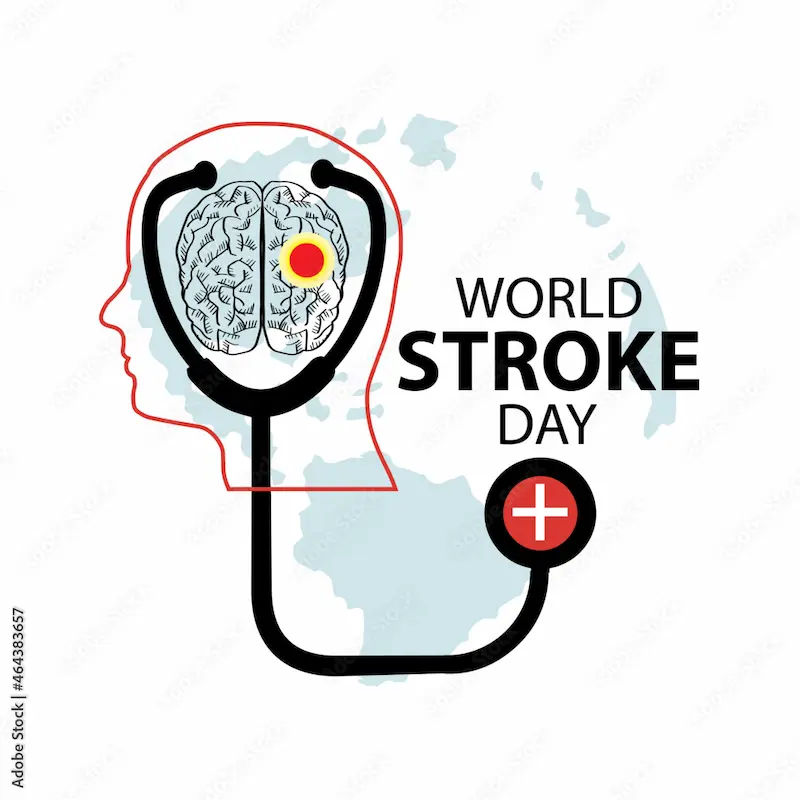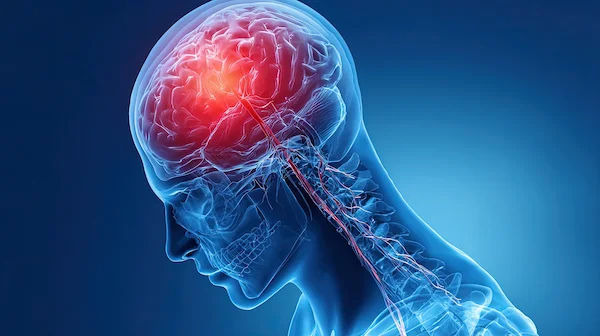Guide to Promising Therapy Brain Stroke Care
Explore the latest therapies in brain stroke care, their benefits, and how they can improve recovery and patient outcomes.

Written by Dr. Siri Nallapu
Reviewed by Dr. Shaik Abdul Kalam MD (Physician)
Last updated on 8th Oct, 2025
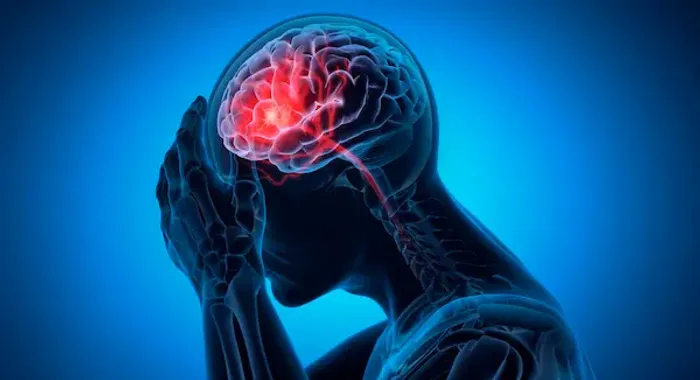
Introduction
A brain stroke can feel like a sudden, life-altering event, but it’s important to remember that it’s also the beginning of a journey of recovery. Thanks to remarkable advances in medical science, the landscape of brain stroke care has transformed dramatically. Today, the focus is not just on survival, but on thriving. This guide is designed to walk you through the most promising therapy and rehabilitation techniques available, offering hope and a clear path forward. We will move beyond the basics to explore how cutting-edge technologies, from robotics to neuromodulation, are harnessing the brain's innate ability to heal itself, a process known as neuroplasticity. Whether you are a survivor, a caregiver, or simply seeking knowledge, understanding these innovative approaches to brain stroke care empowers you to make informed decisions and actively participate in the recovery process. Let's explore the future of healing after a stroke.
Understanding Stroke: The Foundation of Recovery
Before diving into therapies, it's crucial to understand what a stroke is. A stroke occurs when the blood supply to part of the brain is interrupted or reduced, preventing brain tissue from getting oxygen and nutrients. Brain cells begin to die within minutes. This is why immediate action is critical. The type of stroke determines the initial emergency therapy, which sets the stage for all subsequent recovery efforts.
Ischaemic vs. Hemorrhagic: Two Different Paths, One Goal
There are two primary types of stroke, and they require opposite initial treatments:
- Ischaemic Stroke (~87% of cases): This is caused by a blockage in an artery leading to the brain, typically a blood clot. The goal of emergency care is to quickly restore blood flow.
- Haemorrhagic Stroke (~13% of cases): This occurs when a blood vessel in the brain leaks or ruptures. The focus here is on controlling the bleeding and reducing pressure on the brain.
Misdiagnosis can be dangerous (e.g., giving a clot-busting drug for a haemorrhagic stroke), which is why a rapid and accurate diagnosis using a CT scan is the first step in proper brain stroke care.
Why Time is Brain: The Critical Golden Hour
The phrase "time is brain" underscores that every minute a stroke goes untreated, a person loses about 1.9 million neurons. The first few hours after symptom onset, often called the "golden hour," are paramount. Rapid treatment within this window can dramatically reduce long-term disability. This is why knowing the signs of a stroke (using the FAST acronym: Face drooping, Arm weakness, Speech difficulty, Time to call emergency services) is the most important first step in the chain of survival.
Immediate Interventions: Stopping the Damage
The first stage of therapy is acute treatment, aimed at stopping the stroke in its tracks.
Clot-Busting Drugs (Thrombolytics)
The most common medication for ischaemic strokes is tissue plasminogen activator (tPA). This therapy works by dissolving the clot obstructing blood flow. However, it's most effective when administered within 4.5 hours of symptom onset. If you or a loved one experience sudden symptoms like numbness or confusion, consult a doctor online with Apollo24|7 immediately for first-step guidance while heading to the hospital.
Mechanical Thrombectomy: A Surgical Revolution
For larger clots, a procedure called mechanical thrombectomy has been a game-changer. A doctor threads a catheter through an artery in the groin up to the blocked vessel in the brain. A tiny device is then used to physically remove the clot. This procedure can be effective up to 24 hours after symptom onset for some patients, significantly expanding the treatment window and improving outcomes for those with severe strokes.
Consult a Neurosurgeon for the best advice
The Recovery Journey: An Introduction to Neurorehabilitation
Once the patient is stable, the long-term work of rehabilitation begins. This is where the brain's amazing ability to rewire itself, neuroplasticity takes centre stage. Modern brain stroke care is all about creating the optimal conditions for neuroplasticity through intense, repetitive, and task-specific practice.
Advanced Motor Skill Rehabilitation
Regaining movement and coordination is a primary goal for many survivors. New therapy methods are making this process more efficient and engaging.
Constraint-Induced Movement Therapy (CIMT)
CIMT is a highly effective approach for treating limb weakness after a stroke, particularly hand weakness after stroke. The unaffected limb is restrained (e.g., with a mitt), forcing the use of the affected arm and hand in intensive, repetitive tasks for several hours a day. This "forced use" encourages the brain to create new neural pathways to control the weakened limb.
Robotic Therapy: Precision and Repetition
Robotic devices are now used to assist patients in performing repetitive movements with perfect form. These machines can guide a patient's arm or leg through a walking or reaching motion, providing consistent, high-dose repetition that is difficult to achieve manually. This is especially beneficial for patients with significant paralysis, as it allows them to initiate movement patterns even before they have the strength to do so alone.
Virtual Reality (VR) and Gamification
VR therapy immerses patients in interactive, computer-generated environments. A patient might "virtually" row a boat or pick apples, which translates to real-world motor skills. This gamification of rehab increases motivation, provides immediate feedback, and makes the hard work of recovery more enjoyable, leading to better adherence and outcomes.
Harnessing Technology for Cognitive and Communication Recovery
Stroke can affect more than just movement; it can impact memory, thinking, and speech.
Speech and Language Therapy Apps
For aphasia (difficulty with speech and language), traditional therapy is now being supercharged by apps. These tools allow patients to practice naming objects, forming sentences, and comprehension exercises at their own pace, turning spare moments into valuable therapy sessions. If your condition does not improve after trying these methods, book a physical visit to a speech therapist with Apollo24|7 for a structured program.
Cognitive Rehabilitation Software
Similar to apps for speech, specialised software programs are designed to exercise cognitive skills like attention, memory, and problem-solving. These programs adapt to the user's ability level, providing a personalised and challenging workout for the brain.
Cutting-Edge Neuromodulation Therapies
This is one of the most exciting frontiers in brain stroke care. Neuromodulation involves stimulating specific nerves or brain regions to enhance neuroplasticity.
Non-Invasive Brain Stimulation (NIBS)
Techniques like Transcranial Magnetic Stimulation (TMS) and Transcranial Direct Current Stimulation (tDCS) use magnetic fields or mild electrical currents applied to the scalp to either excite or inhibit specific brain areas. For example, stimulating the damaged side of the brain or calming the overactive healthy side can help rebalance brain activity and improve motor recovery.
Vagus Nerve Stimulation (VNS) for Stroke
Paired with rehabilitation, VNS involves a small device implanted in the chest that sends mild pulses of electrical energy to the vagus nerve in the neck. These pulses, timed with movement attempts during therapy, are believed to strengthen the new neural connections being formed, essentially "flagging" them as important for the brain to keep.
The Role of Regenerative Medicine
Regenerative medicine is transforming healthcare by helping the body repair and heal itself.
Stem Cell Therapy for Stroke: The Current Landscape
Stem cell therapy is still largely experimental for stroke, but it holds immense promise. The theory is that introducing certain types of stem cells into the body may help repair damaged brain tissue, reduce inflammation, and release growth factors that support healing. While not a mainstream treatment yet, ongoing clinical trials are crucial for determining its safety and efficacy. It's important to approach this field with cautious optimism and consult with medical specialists involved in research.
The Irreplaceable Human Element: Psychological and Emotional Support
Amidst all the technology, the human connection remains vital. Depression, anxiety, and frustration are common after a stroke. Support from therapy is not just physical. Psychological counselling, support groups, and the unwavering encouragement of family and caregivers are indispensable components of holistic brain stroke care. Addressing mental health is essential for maintaining the motivation needed for the long recovery journey.
Creating Your Personalised Stroke Recovery Plan
There is no one-size-fits-all approach to recovery. The best plan is tailored to the individual's type of stroke, the areas of the brain affected, their pre-stroke health, and their personal goals. A multidisciplinary team including neurologists, physiatrists, physical and occupational therapists, and speech-language pathologists will work together to create this roadmap. The most successful survivors are active participants in this process, communicating their goals and challenges openly.
Conclusion
The field of brain stroke care is experiencing a renaissance, moving from a focus on limitation to one of immense possibility. The promising therapies we've explored, from thrombectomy to vagus nerve stimulation, are not just science fiction; they are real tools that are giving survivors new hope and functional independence. The central theme uniting these advances is the power of neuroplasticity. By engaging in intensive, targeted rehabilitation, survivors can actively participate in reshaping their own brains and their futures. Remember, recovery is a unique journey. Stay informed, work closely with your healthcare team, and celebrate every small victory along the way. If you are navigating life after a stroke, know that today’s innovative therapy options provide a stronger foundation for recovery than ever before.
Consult a Neurosurgeon for the best advice
Consult a Neurosurgeon for the best advice

Dr. Gopal Achari
Neurosurgeon
20 Years • MBBS, MS (GEN SUR), MCH (NEURO SUR)
Kolkata
Apollo Multispeciality Hospitals , Kolkata, Kolkata

Dr. Aditendraditya Singh Bhati
Neurosurgeon
21 Years • MBBS(2004), DNB Neurosurgery(2014); MNAMS; Fellow Skull Base Endoscopy (Italy), Fellow Extended Skull Base ( Weill Cornell, USA), Fellow ZAP-X Radiosurgery. Member of American Association of Neurological Surgeons
Delhi
Apollo Hospitals Indraprastha, Delhi
(100+ Patients)

Dr Debnath Dwaipayan
Neurosurgeon
9 Years • MBBS, MS(Gen. Surgery), DrNB (Neurosurgery)
Delhi
Apollo Hospitals Indraprastha, Delhi
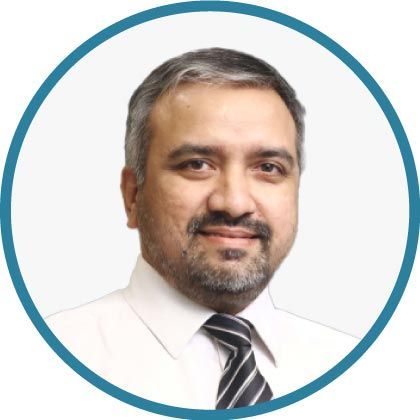
Dr. Joy Verghese
Neurosurgeon
21 Years • MBBS, MS, MCH (Neuro surg. ), FMVS, FSS, FINR, MCH Neurosurgery (Mumbai University), FINR (Zurich University, Switzerland)
Chennai
Apollo Hospitals Greams Road, Chennai
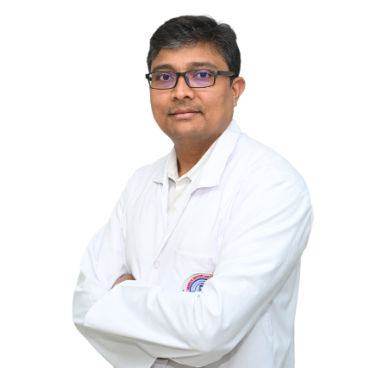
Dr. Ayushman Satapathy
Neurosurgeon
12 Years • MS (GENERAL SURGERY), M.Ch (NEUROSURGERY),(FELLOWSHIP SKULLBASE)
Rourkela
Apollo Hospitals, Rourkela, Rourkela
Consult a Neurosurgeon for the best advice

Dr. Gopal Achari
Neurosurgeon
20 Years • MBBS, MS (GEN SUR), MCH (NEURO SUR)
Kolkata
Apollo Multispeciality Hospitals , Kolkata, Kolkata

Dr. Aditendraditya Singh Bhati
Neurosurgeon
21 Years • MBBS(2004), DNB Neurosurgery(2014); MNAMS; Fellow Skull Base Endoscopy (Italy), Fellow Extended Skull Base ( Weill Cornell, USA), Fellow ZAP-X Radiosurgery. Member of American Association of Neurological Surgeons
Delhi
Apollo Hospitals Indraprastha, Delhi
(100+ Patients)

Dr Debnath Dwaipayan
Neurosurgeon
9 Years • MBBS, MS(Gen. Surgery), DrNB (Neurosurgery)
Delhi
Apollo Hospitals Indraprastha, Delhi

Dr. Joy Verghese
Neurosurgeon
21 Years • MBBS, MS, MCH (Neuro surg. ), FMVS, FSS, FINR, MCH Neurosurgery (Mumbai University), FINR (Zurich University, Switzerland)
Chennai
Apollo Hospitals Greams Road, Chennai

Dr. Ayushman Satapathy
Neurosurgeon
12 Years • MS (GENERAL SURGERY), M.Ch (NEUROSURGERY),(FELLOWSHIP SKULLBASE)
Rourkela
Apollo Hospitals, Rourkela, Rourkela
More articles from Stroke
Frequently Asked Questions
1. What is the most effective therapy for regaining hand movement after a stroke?
While results vary, Constraint-Induced Movement Therapy (CIMT) is widely regarded as one of the most effective evidence-based therapies for improving hand weakness after stroke. It works by intensively training the affected limb while restraining the stronger one, powerfully stimulating neuroplasticity.
2. How long after a stroke can you still see improvement with therapy?
The most rapid recovery typically occurs in the first 3-6 months, but the brain retains its ability to change for years, even decades, after a stroke. Ongoing therapy and consistent practice can lead to functional improvements well into the chronic phase of recovery.
3. Are these advanced therapies like robotics and stem cells covered by insurance?
Coverage varies greatly. Robotic therapy is becoming more common in rehabilitation hospitals and may be covered. However, stem cell therapy for stroke is still considered experimental and is typically not covered by insurance; it should only be pursued through legitimate clinical trials.
4. Can virtual reality therapy be done at home?
Yes, there is a growing market of consumer VR systems and specific therapy apps designed for home use. However, it's crucial to consult with your occupational or physical therapist to choose the right programs and ensure you are using the technology safely and effectively.
5. What is the single most important thing for stroke recovery?
Consistency. Regular, repetitive practice of therapeutic exercises is the fundamental driver of neuroplasticity. The 'best' therapy is the one you will do consistently day after day.
